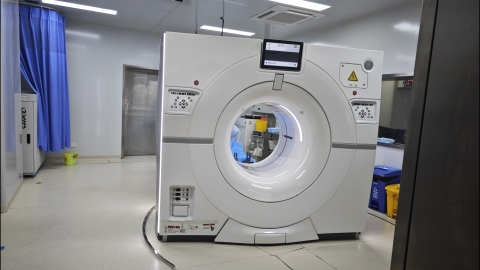小脑梗塞做CT能查出来吗
Generally, whether a CT scan can detect cerebellar infarction depends on the specific circumstances of the condition. If you experience any discomfort, it is recommended to seek medical attention promptly. The detailed analysis is as follows:

If more than 24 hours have passed since the onset of cerebellar infarction and the lesion area is relatively large, a CT scan can usually detect the condition. At this stage, the ischemic region shows density changes that appear clearly as low-density shadows on CT images. Doctors can make a definitive diagnosis of cerebellar infarction by combining the patient's symptoms with imaging findings.
However, if the cerebellar infarction has occurred recently or involves a small lesion area, it may be difficult to detect using CT. In the early stages, density changes in the affected area are not obvious, and the resolution of CT may fail to capture subtle abnormalities. Small lesions can also be obscured by surrounding tissues, potentially leading to missed diagnosis. Further diagnostic tests are needed in such cases to confirm the condition.
When cerebellar infarction is suspected, prompt medical evaluation is essential. If CT does not reveal abnormalities but symptoms persist, follow your doctor’s advice for additional testing. Be sure to inform the doctor about the exact time of symptom onset and clinical presentation before examination. After evaluation, adhere to professional recommendations for treatment. During recovery, ensure adequate rest, avoid strenuous activities, and seek timely follow-up if symptoms worsen.







